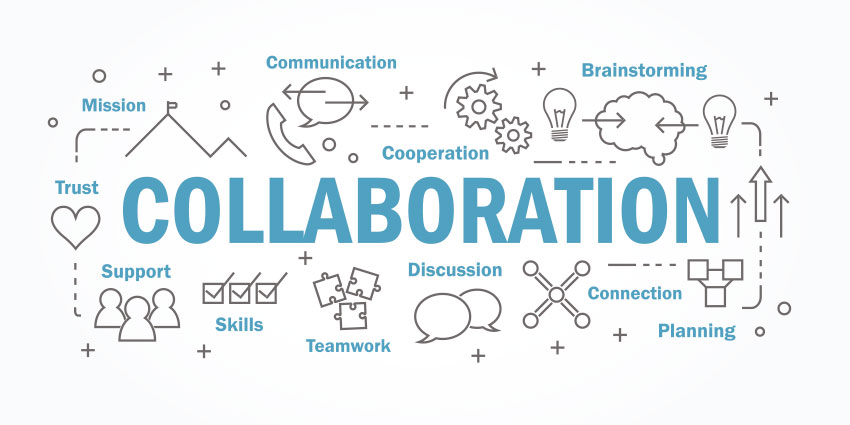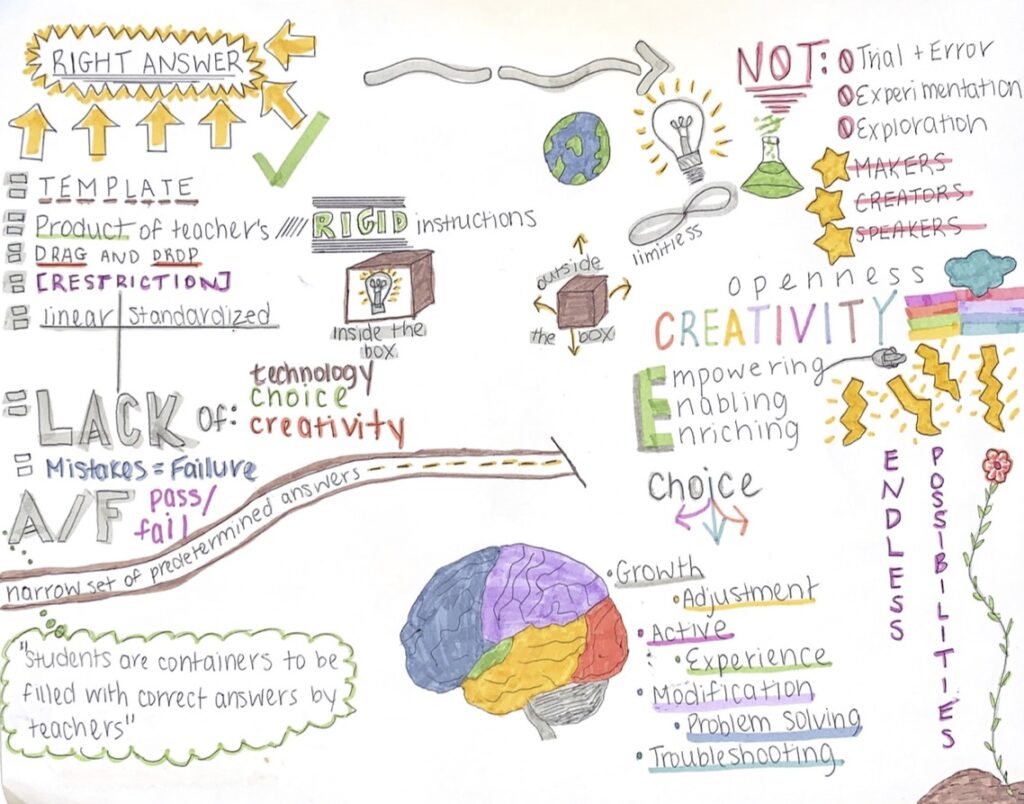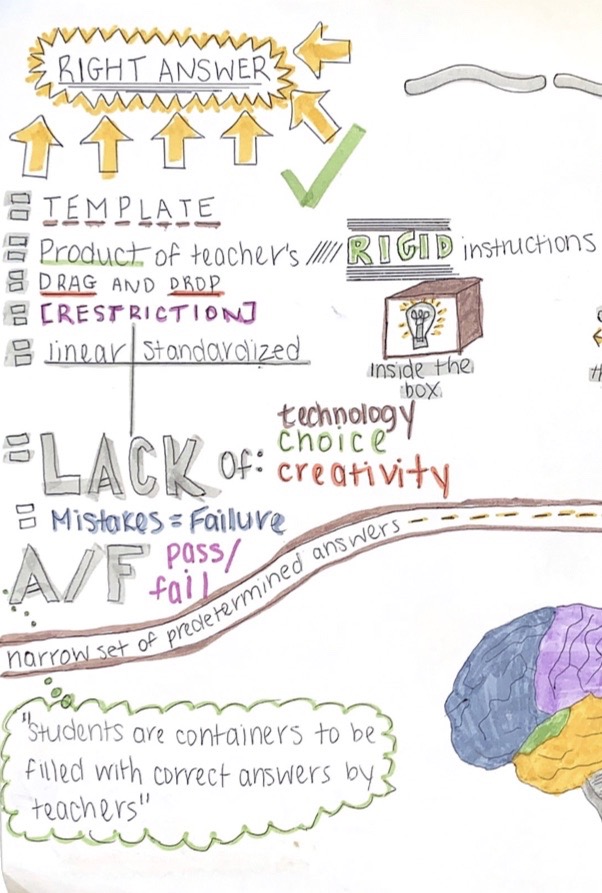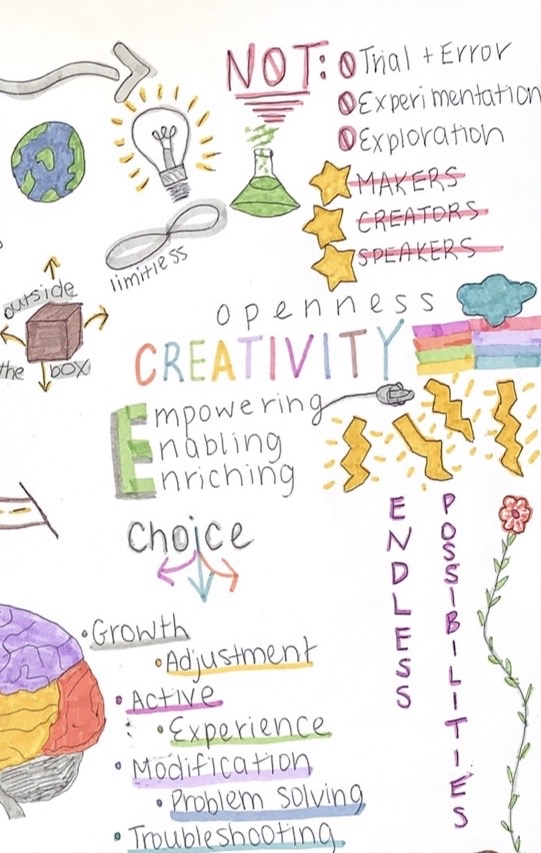For my second multimedia reflection, I decided to explore the Collaborator Module on the Ontario Extend website. Since I created a sketch note for my first multimedia reflection, I decided to create a Twitter Essay for this reflection.
I have been an active member on Twitter since 2011 for personal use. However, I have only just created another account last year for professional use. Since the majority of my time on Twitter has been liking funny videos/tweets and dm’ing relevant tweets to friends, it is a completely different purpose to use Twitter as a professional network of co-workers, colleagues, and professional members.

The Collaborator Module emphasizes the importance of connecting people who share the same passions and concerns as well as the goal to improve their practices. Using collaboration is key to reaching goals and completing tasks. Throughout my education, I have often reached out to a peer online or in person to consult them about an assignment or researched my question online through discussion posts, YouTube videos, or educational papers.

Steven Johnson’s interactive sketch note titled “Where Good Ideas Come From” explains the importance of collaborating so that we are able to become our most creative, organized, and overall best selves. Since all of us are striving to be our best selves in our personal lives and our work lives, collaborating is something that we should all be participating in. As Johnson explains, we do not individually carry all the good ideas we may need for our projects and this is where collaboration comes in. Through collaboration we are able to share ideas that may complete another’s project or goal to create an invention or new concrete idea.
Without noticing before, I have realized that I rely heavily on collaboration and feedback from my peers to finish work, make corrections, and make decisions. Collaboration is the easiest it has ever been due to technological advances in the internet and the various social media platforms there are available to create online networks and communities.



